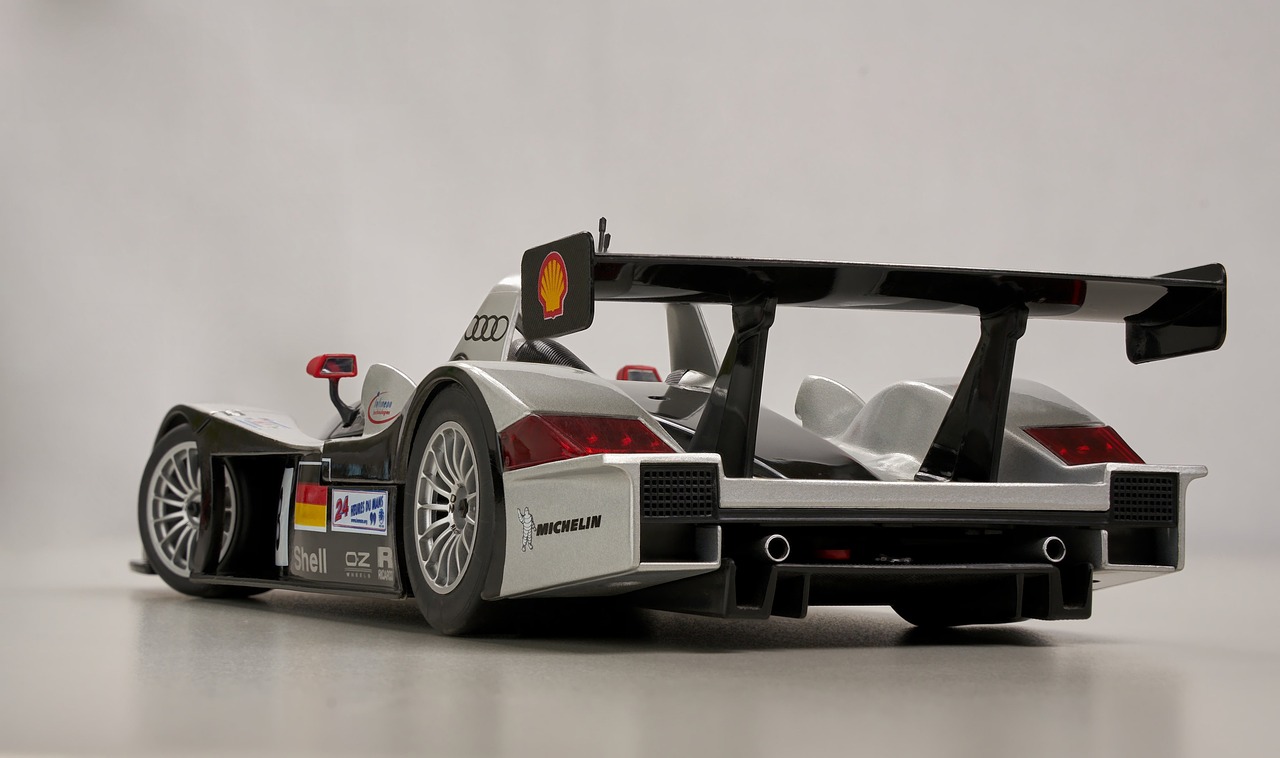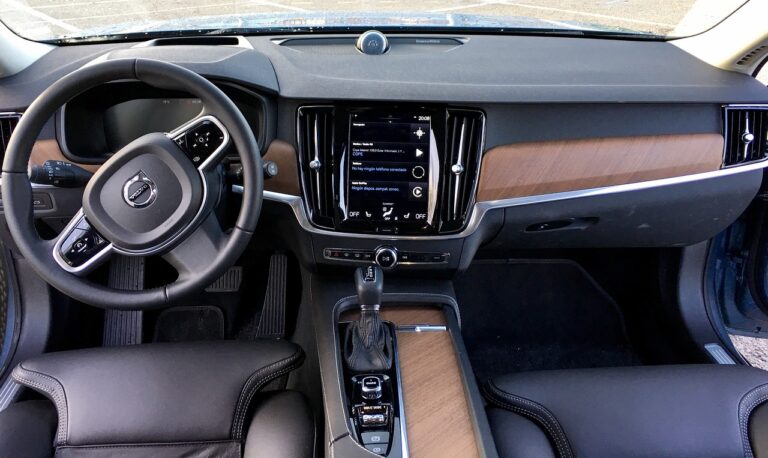The Promise of Autonomous Vehicle Fleets for Reducing Parking Space Requirements
Autonomous vehicle fleets have the potential to significantly transform urban parking challenges. With the rise of self-driving technology, the need for large parking lots and garages could decrease as autonomous vehicles can drop off passengers and then relocate to more efficient parking spaces, reducing the overall demand for land dedicated to parking.
Moreover, the increased utilization of autonomous vehicle fleets could lead to better traffic flow and reduced congestion in urban areas. As autonomous vehicles can communicate with each other and optimize routes, they can help minimize the time spent looking for parking spots, thus reducing unnecessary circulation and ultimately improving the overall efficiency of urban transportation systems.
Challenges of Traditional Parking Systems in Urban Environments
Traditional parking systems in urban environments often face significant challenges due to limited space availability and the increasing number of vehicles on the road. This leads to congestion and delays as drivers struggle to find a parking spot, contributing to traffic issues in already busy city centers. The lack of efficient parking solutions can also lead to frustration among drivers, impacting overall satisfaction with the urban infrastructure.
Moreover, the reliance on manual processes for parking management can result in inefficiencies and higher operational costs for traditional parking systems. Outdated methods such as physical tickets and cash payments can create bottlenecks, especially during peak hours, further exacerbating the parking woes in urban areas. The lack of real-time data and insights hinders the optimization of parking spaces, making it challenging to adapt to fluctuating demand throughout the day.
Benefits of Autonomous Vehicle Fleets in Reducing Parking Demand
Autonomous vehicle fleets have the potential to revolutionize urban transportation systems and alleviate the parking challenges that cities face. With self-driving cars becoming more prevalent, the need for traditional parking spaces could significantly decrease as these vehicles can drop off passengers at their destinations and then proceed to other locations, rather than remaining parked for extended periods. This dynamic utilization of vehicles could lead to a more efficient use of parking spaces in urban areas and reduce the overall demand for parking facilities.
Furthermore, the implementation of autonomous vehicle fleets could also help in optimizing the available parking spaces by reducing the time vehicles spend idle in parking lots or along the street. Since self-driving cars can be summoned precisely when needed, there may be less need for long-term parking, resulting in a more fluid turnover of parking spots. This increased turnover could enhance the accessibility of parking spaces for drivers, ultimately leading to reduced congestion and a more streamlined parking experience in urban environments.





